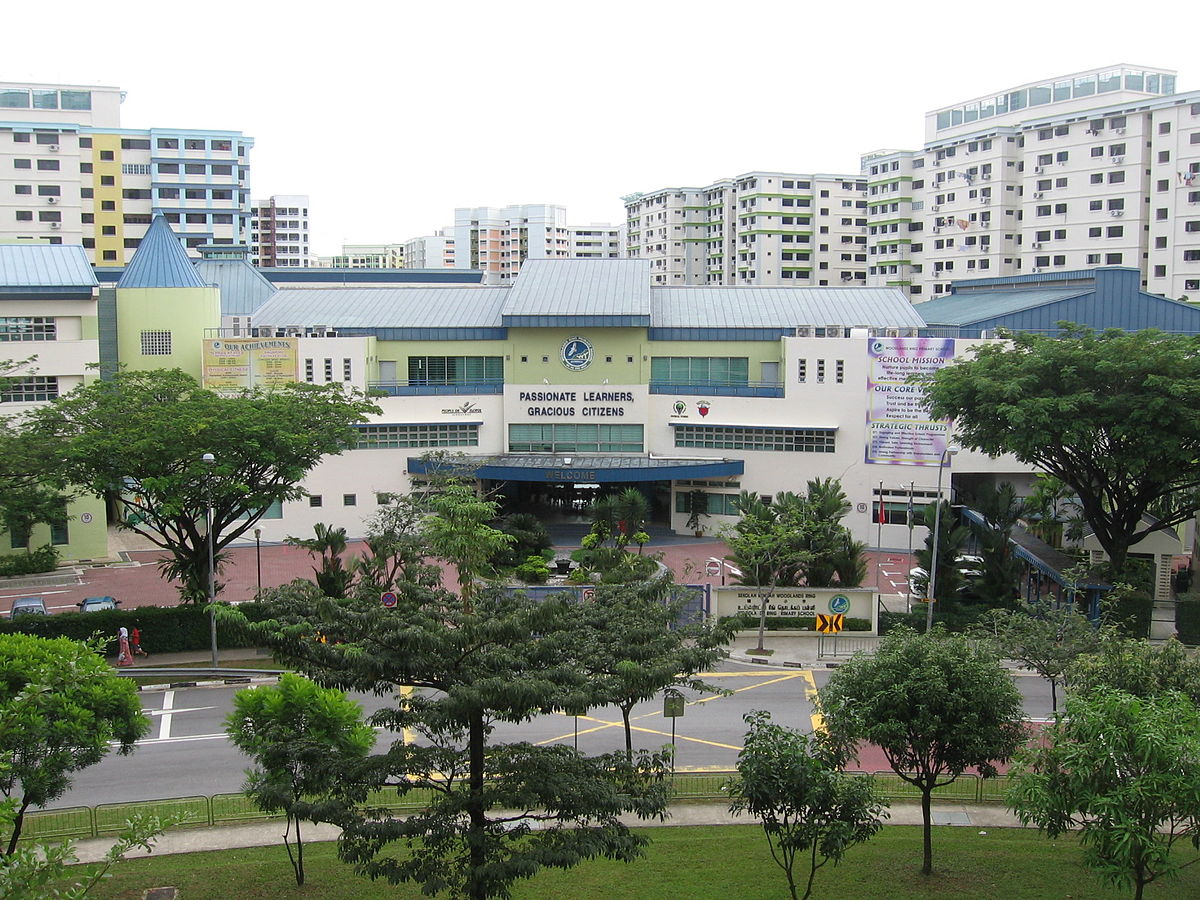While the title specifically says ‘how to choose a primary school”, sometimes you don’t really get to choose, depending on the situation you are in. More on this in the balloting section later. However, if you do have the means, here are my recommendations how to choose the primary school that suits your child.
Distance to school
This is one of the most important point in my opinion. Between a good and reputable school that is far and an average school that is right next door, I would choose the one right next door. To me time taken for travelling is an important thing not just for your child but also for yourself, the parent or the guardian as you may need to send them to school. A closer school means your child also gets to sleep that little longer and be fresher while he or she attend school.
For myself, we wanted to find a reputable enough school but still enjoy a good location. We ended up shifting our location so that we can be closer to the school for our children to go to school more easily, especially when they are in upper primary and can go there and back themselves.
Besides this, a closer distance to school also helps you during balloting (more on this later). Essentially, if there are more applications than slots in a certain phase, distance will increase your chances of winning the ballot. You can find tools online to measure the distance to your school, and one that I found is here.
School activities
Do take a look and understand the types of activities that could be found in the school, or what the school is reputable for. While we are talking about primary school here, it is useful to think long term where your child will be going for his or her secondary school.
Direct school admission (DSA) is where your kid can actually apply for some secondary schools before even taking PSLE. There are a variety of categories from sports to arts and even leadership. Knowing which primary school is strong in which of these areas will better equip your child to excel in that area.
After school care
Especially when both parents are working adults and you don’t have grandparents or helpers to help take care of kids, you will need to consider where your child goes after primary school. Find out if the primary school has an after school care, and whether the after school care is good. For myself, I went for an after school care that is nearby, can be reached by a school bus which my kid takes after school. Choosing a good after school care is another consideration by itself. While some after school care basically just ensures your kids’ safety and have enough to eat, the one I chose have some activities, e.g. robotics, tuition, zumba, and also enforces some time for the kids to actually do their homework.
Balloting
If you are reading this, you might already have an edge over parents who aren’t that savvy in understanding how balloting works. While resources on balloting are readily available, it might require some study to understand how it fully works.
The balloting system changed recently in 2022. Essentially two phases (2A1 and 2A2) have been merged. The key thing is that parents who were alumni will not enjoy that special priority over parents or siblings that have studied in the school before.
It is important to be aware of what happens in each phase, and the number of reserved spaces, and the results from previous years of balloting. A good resource for past balloting results can be found @ sgschooling.com. This is because you will then gauge how likely you will win the ballot. If you are able to do that, you will be able to look across set of schools that you have set your sight on an decide which could give you a higher chance. Note that being slotted into an early phase and losing the ballot does not mean you get priority in the following phase.
As a summary, the phases are as follows. Number of vacancies differ between schools.
- Phase 1: For child whose sibling is still studying in the school.
- Phase 2A: Parent/sibling is former student, parent is member of school advisory or management committee, or staff member, or child is from MOE kindergarten associated with the school. Note that parent may need to join the alumni and most likely this is not automatic and you might need to check in advance!
- Phase 2B: Parent volunteer, or endorsed by Church or clan associated with school, or active community leader. Do note for parent volunteer you need to do in advance and clock 40 hours of service. Sometimes you may need to interview with the school to be offered the role of parent volunteer depending on how popular the school is.
- Phase 2C: For child not yet registered to any school. This is where you try your chance as there are now 40 seats reserved here.
- Phase 2C Supplementary: For child not yet registered after Phase 2C.
Make sure you visit the official moe site because any of the above details may change by the time of your balloting AND because there are useful FAQs that will test your understanding. I remember reading through every FAQ and I did learn something new.
Let me know if anyone is keen to have a tool to calculate your balloting chances. Might be cool to develop one.
photo: image above taken from Wikipedia

 Heguru vs Shichida
Heguru vs Shichida